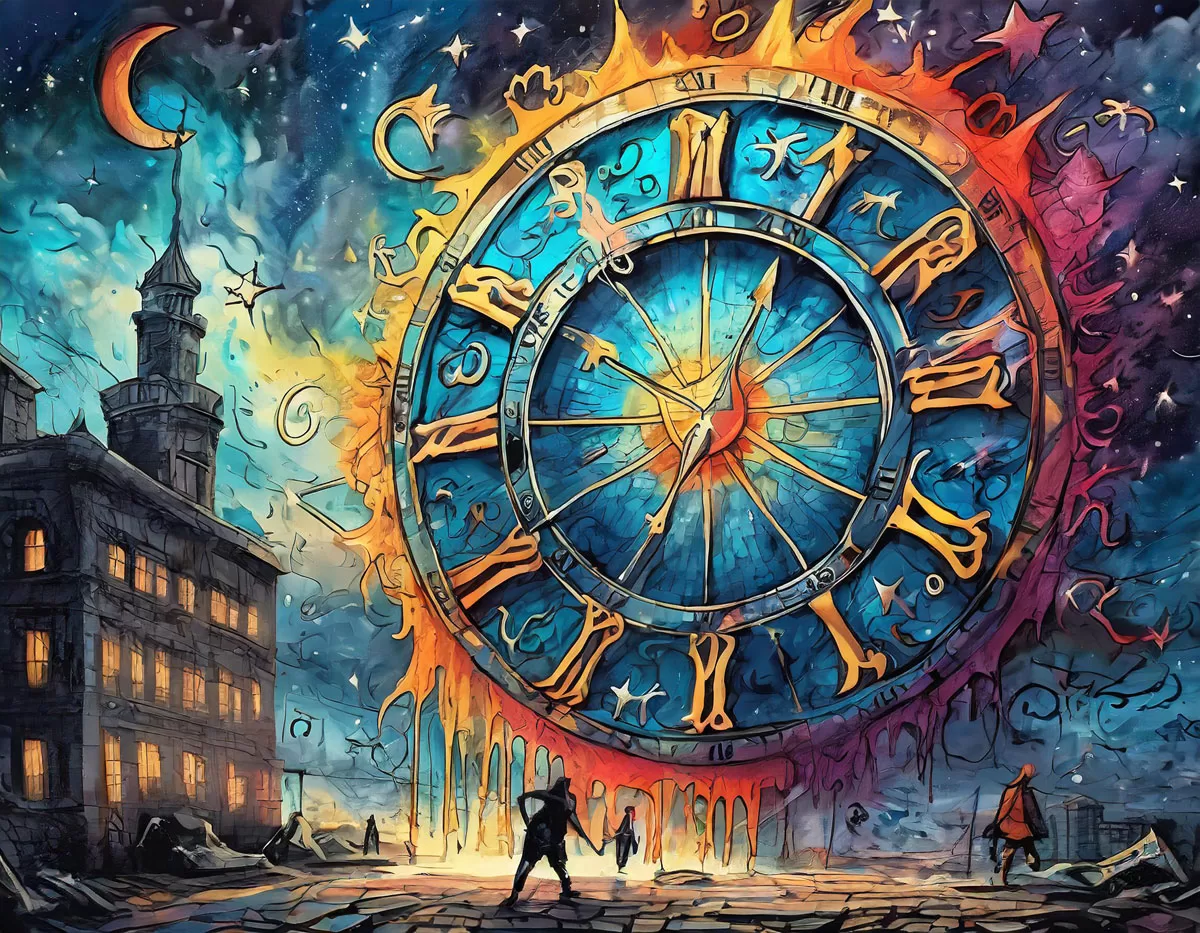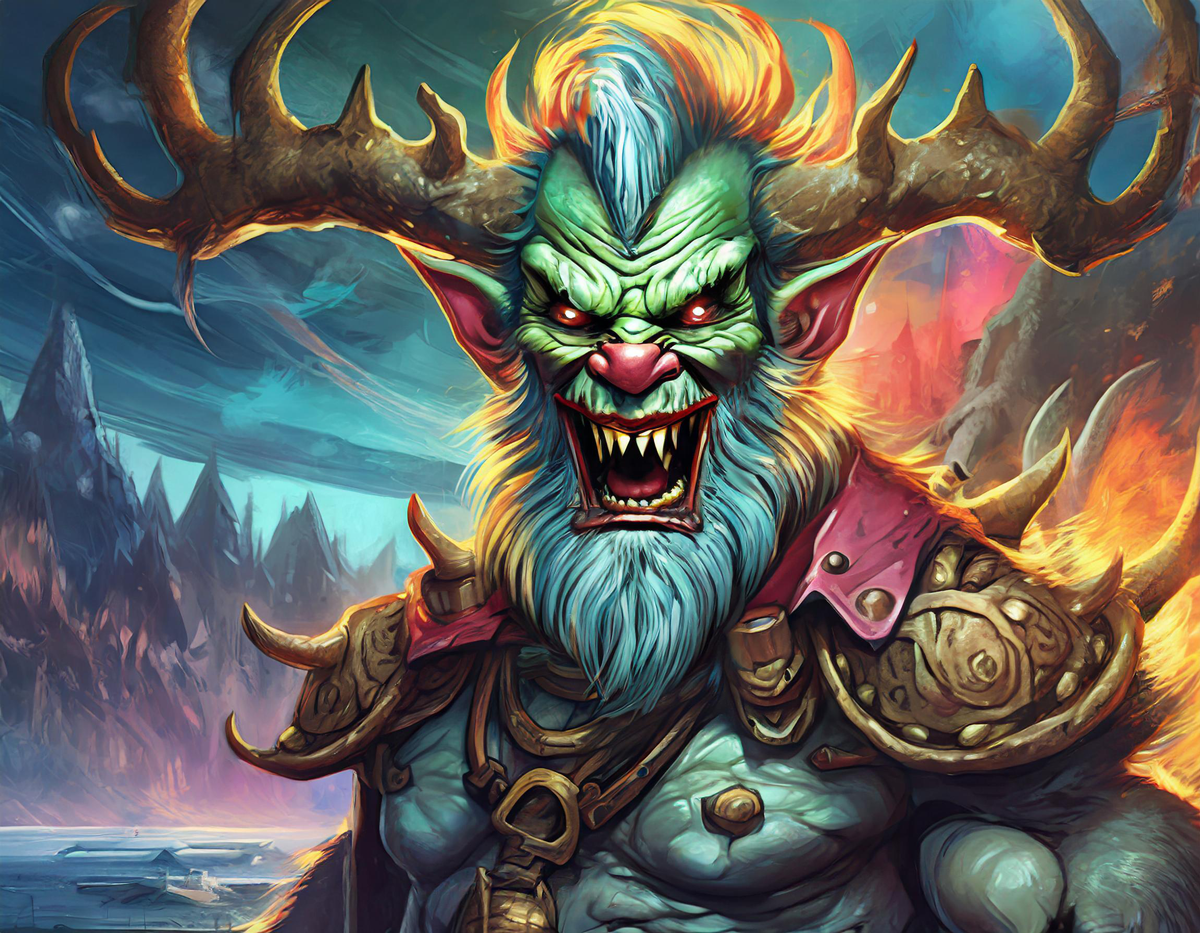
- Wed, 12 March 2025

In the heart of Europe’s wintry landscape, a figure lurks in the shadows of Christmas, challenging the jolly narrative of Santa Claus. Meet Krampus, the horned, demonic anti-Santa of folklore, a sinister counterpart to St. Nicholas’s benevolence. This article peels back the layers of Krampus’s enigmatic existence, revealing a creature embodying the festive season’s darker aspects.
Krampus’s roots are steeped in pre-Christian Alpine traditions, where he emerged as a stark symbol of punishment and fear. His origins are as twisted as his appearance, intertwining with ancient pagan rituals and later, Christian beliefs. Krampus serves as a stark reminder of the consequences of naughtiness, a stark contrast to Santa’s rewards for good behavior.
On Krampusnacht, the eve of St. Nicholas Day, the air fills with rattling chains and ominous bellows. Krampus parades through the streets, his grotesque mask and furs a terrifying spectacle. This tradition, still alive in regions of Austria, Germany, and beyond, sees young men embodying the Krampus spirit, instilling both fear and fascination.
Krampus as more than a mere holiday ghoul; he embodies the balance of light and darkness. In a season dominated by cheer, Krampus brings a necessary equilibrium, reminding us of the complexity of human nature. He challenges the sanitized, commercialized version of Christmas, urging us to confront the less palatable aspects of ourselves and our history.
Recently, Krampus has seen a revival, becoming a pop culture icon far beyond his Alpine origins. Movies, art, and literature have embraced his eerie image, resonating with a modern audience drawn to the macabre. This resurgence reflects a growing fascination with folklore and a desire to reconnect with more authentic, if unsettling, traditions.




Receive out monthly newsletter and stay up to date with the top stories.
Fake News and Nonspiracies Debunked.
Debunking Myths, Exploring Truths. Discover alternative insights on news, science, and culture, crafted by visionary minds. Join us for a journey beyond the mainstream.
Sign up our newsletter to get update information, news and free insight.